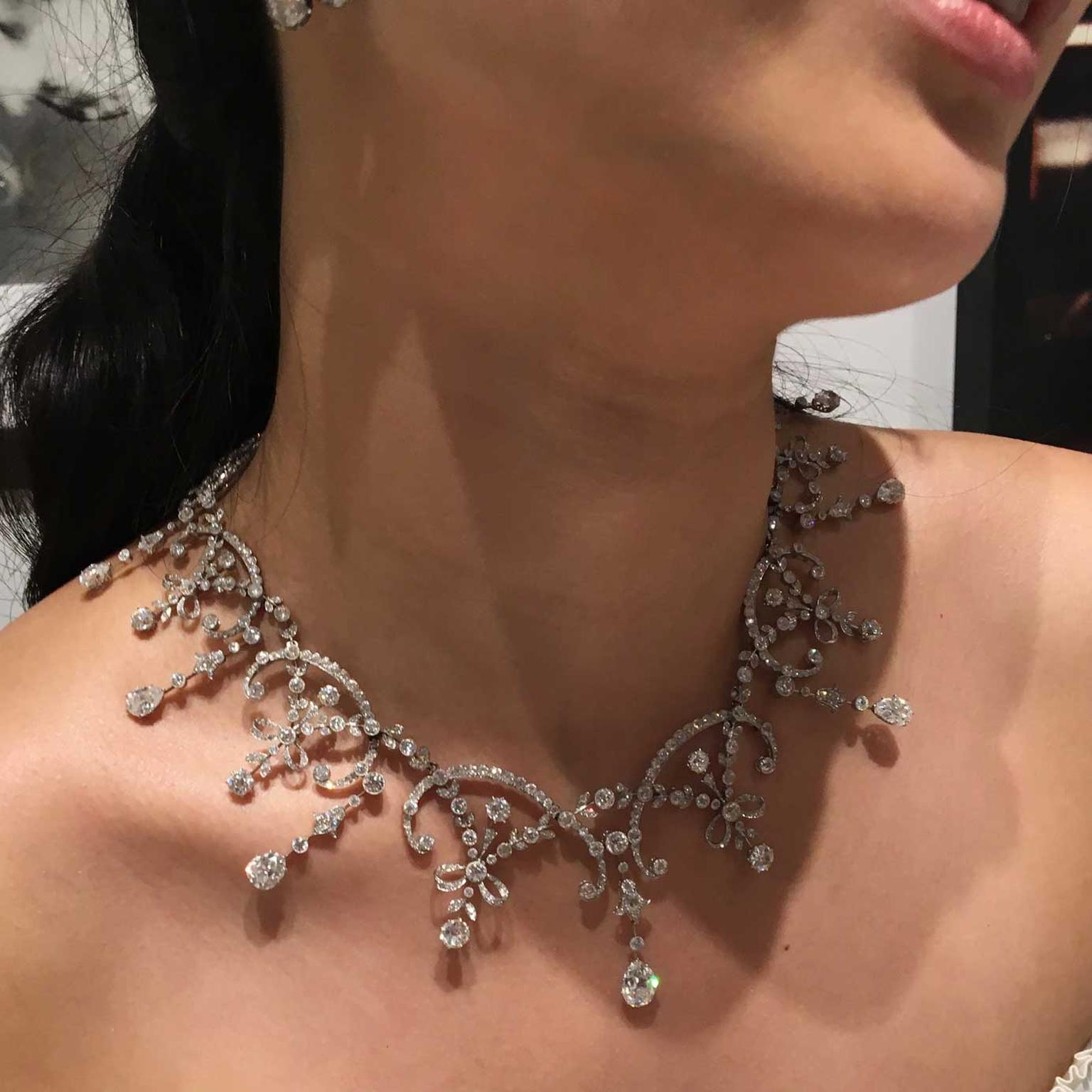Shop for vintage antique engagement rings austin with elegant details.
Shop for vintage antique engagement rings austin with elegant details.
Blog Article
The Fascinating Globe of Antique Precious Jewelry: Delving Into Its Several Categories and Attributes
Vintage precious jewelry represents a fascinating intersection of artistry and background, enveloping the significance of numerous eras via its detailed designs and products. As we discover these elements further, one may wonder what concealed tales exist within the beautiful craftsmanship of each antique gem.
Historical Eras of Vintage Precious Jewelry
Antique jewelry is delicately linked to the historic periods in which it was produced, showing the imaginative trends, social worths, and technical developments of those times. The evolution of jewelry style can be traced through numerous famous eras, each marked by distinctive designs and materials.
The Georgian age (1714-1837) is defined by elaborate layouts and using natural concepts, commonly including gemstones such as garnets and rubies. antique jewelry austin. Following this, the Victorian duration (1837-1901) saw the introduction of sentimental precious jewelry, with styles that usually conveyed individual meanings, such as lockets and mourning items
The Edwardian era (1901-1910) accepted style, utilizing platinum and fragile lattice job, while Art Nouveau (1890-1910) concentrated on natural forms and the use of enamel, showing the influence of nature.
The Art Deco period (1920s-1930s) introduced geometric forms and vibrant shades, showcasing improvements in workmanship and materials. Each of these eras not only highlights the creative innovation of its time yet also acts as a representation of the social and cultural changes that influenced the globe of precious jewelry. Recognizing these historic contexts improves the gratitude of antique fashion jewelry today.
Trick Attributes to Recognize
When examining antique fashion jewelry, numerous vital features can help recognize its age and credibility. First, the materials made use of are essential; pieces from various periods commonly feature particular metals and gemstones. For example, Victorian jewelry often incorporates gold, while Art Deco pieces might use platinum and lively tinted rocks.
Next, craftsmanship is a significant indicator. Handmade items, common in earlier periods, display distinct flaws and details that mass-produced pieces lack. antique rings austin. Examining the setup and stone positioning can reveal indications of handwork, such as irregular prongs or varying stone shapes
In addition, trademarks and stamps play a vital function in authentication. Many antique pieces birth marks suggesting the steel's purity and the supplier's origin, which can provide valuable understandings right into the jewelry's history.
Lastly, layout motifs frequently reflect the era's aesthetic fads. Art Nouveau is identified by streaming lines and all-natural types, while Retro precious jewelry accepts vibrant, geometric shapes. By analyzing these essential characteristics-- materials, workmanship, characteristics, and layout concepts-- collectors and lovers can better ascertain the authenticity and historical significance of antique jewelry items.
Popular Vintage Jewelry Classifications
Different classifications of antique jewelry display the abundant history and varied designs that have advanced in time. Amongst one of the most popular groups are Victorian, Art Nouveau, Edwardian, and Art Deco, each reflecting the aesthetic trends and social impacts of their corresponding durations.
Victorian precious jewelry, spanning from 1837 to 1901, is characterized by elaborate styles and emotional themes, often incorporating symbolism and intricate craftsmanship. Art Nouveau, which grew between 1890 and 1910, stresses organic forms, flowing lines, and nature-inspired themes, usually featuring enameling and ingenious techniques.

Additionally, there are details groups like Georgian and Old-fashioned jewelry, each with special attributes and historic value. Collection agencies and enthusiasts appreciate these categories not just for their charm however likewise for the tales they outline the eras in which they were developed.

Notable Materials and Gemstones
Exploring notable materials and gemstones used in antique fashion jewelry reveals the complex workmanship and visual worths of various ages. Vintage jewelry showcases a diverse variety of materials, each offering unique characteristics and relevance. Gold and silver, widespread for their pliability and luster, have actually been preferred for centuries, usually decorated with detailed inscriptions or lacework job.
Gems additionally play a pivotal role in defining the attraction of antique items. Rubies, prized for their brilliance, were frequently set in Victorian jewelry, highlighting both opulence and condition. Meanwhile, colored gemstones such as sapphires, emerald greens, and rubies became symbols of romance and were often included into intricate styles throughout the Art Deco period.
Additionally, much less conventional materials like enamel and pearls arised, adding depth and appearance to several styles. Enamel methods, especially in the Renaissance, showcased vibrant shades and comprehensive scenes, while pearls, fancied for their all-natural charm, were frequently utilized in both necklaces and jewelry.
The variety of products and gems in antique jewelry not just mirrors the creative patterns of the time but likewise offers understanding into the social and social values of the ages in which these items were produced.
Caring for Vintage Parts
Proper care for antique precious jewelry is important to look at this now preserve its appeal and honesty in time. Each item narrates, commonly reflecting the craftsmanship of a particular age, and hence needs specific interest.
To begin, it is vital to keep antique jewelry in a controlled setting, away from direct sunshine and moisture. Use soft bags or lined boxes to avoid scrapes and tangling. Normal cleansing is essential, but should be approached with care; prevent extreme chemicals and rough products. Rather, a gentle service of light soap and water, applied with a soft fabric, is advised.

Expert evaluations and maintenance can additionally be helpful. A qualified jeweler can assess for loose stones, damaged settings, or various other concerns, making sure the longevity of these treasured things. By following these care guidelines, antique fashion jewelry can remain not just a valued antique but also a sensational depiction of art and history.
Verdict
The expedition of antique jewelry reveals a diverse landscape shaped by historical periods, imaginative movements, and distinctive workmanship. Correct care guarantees the long life of these artefacts, enabling future generations to experience the charm and significance of antique fashion jewelry.
Report this page